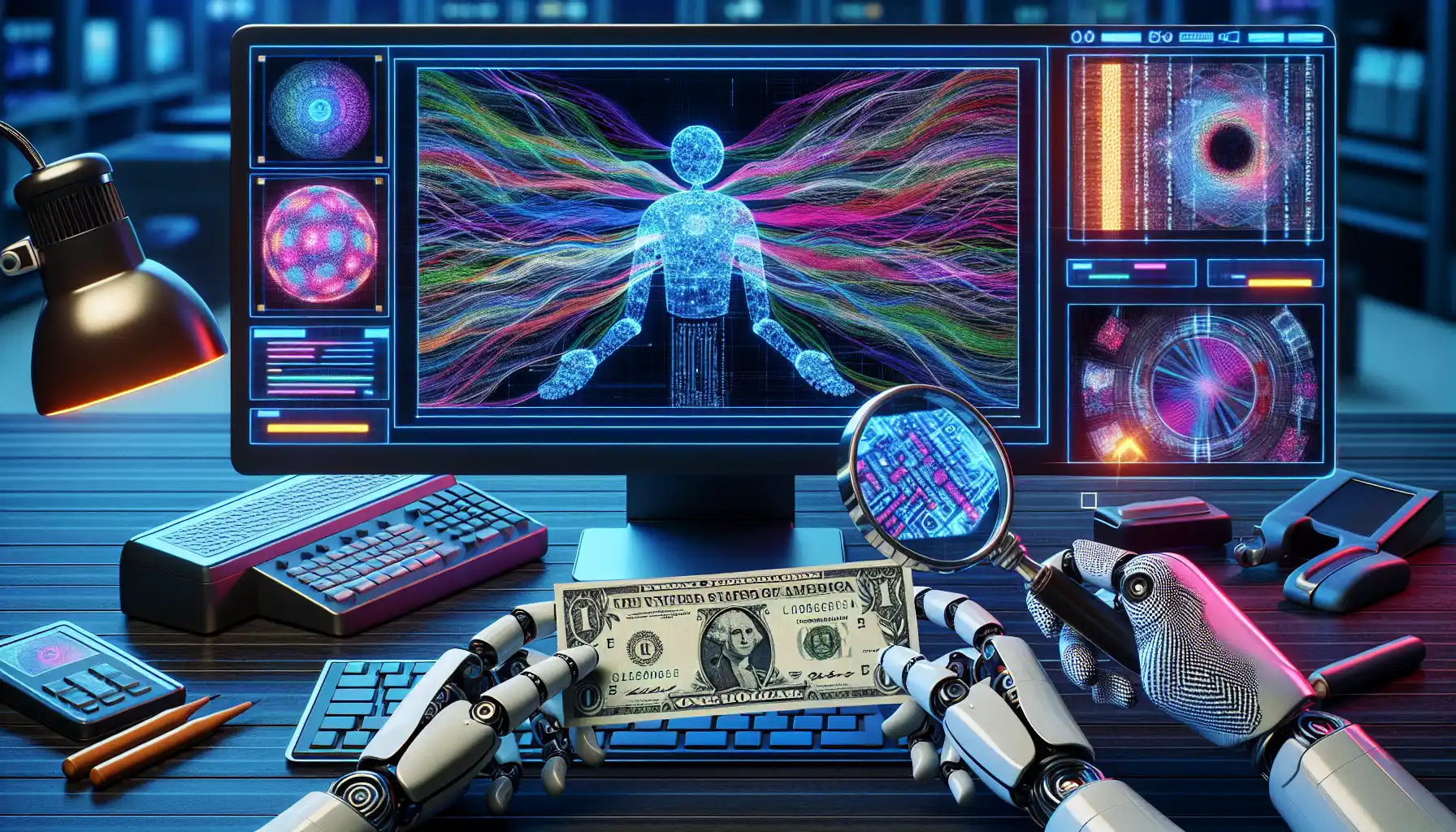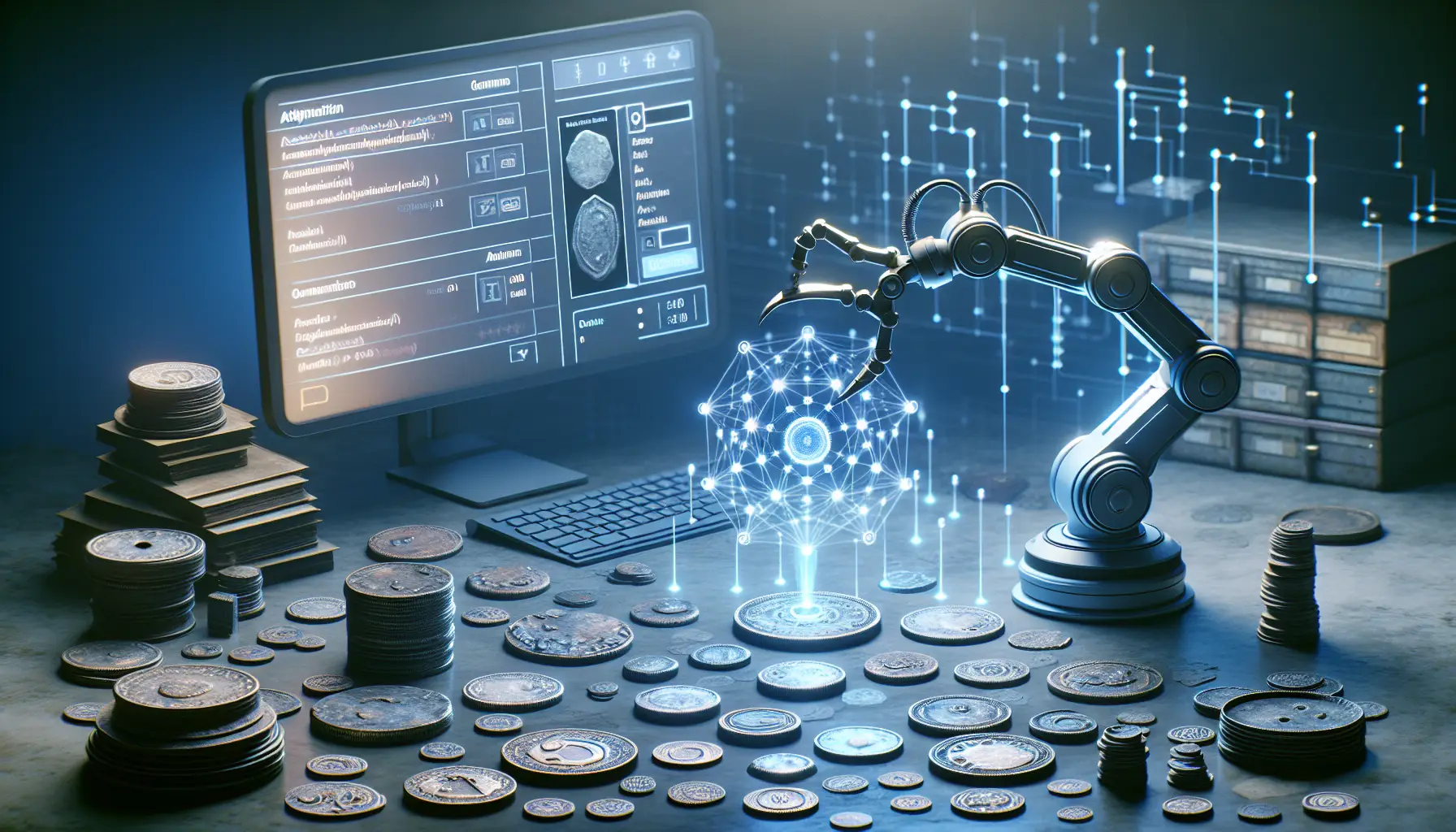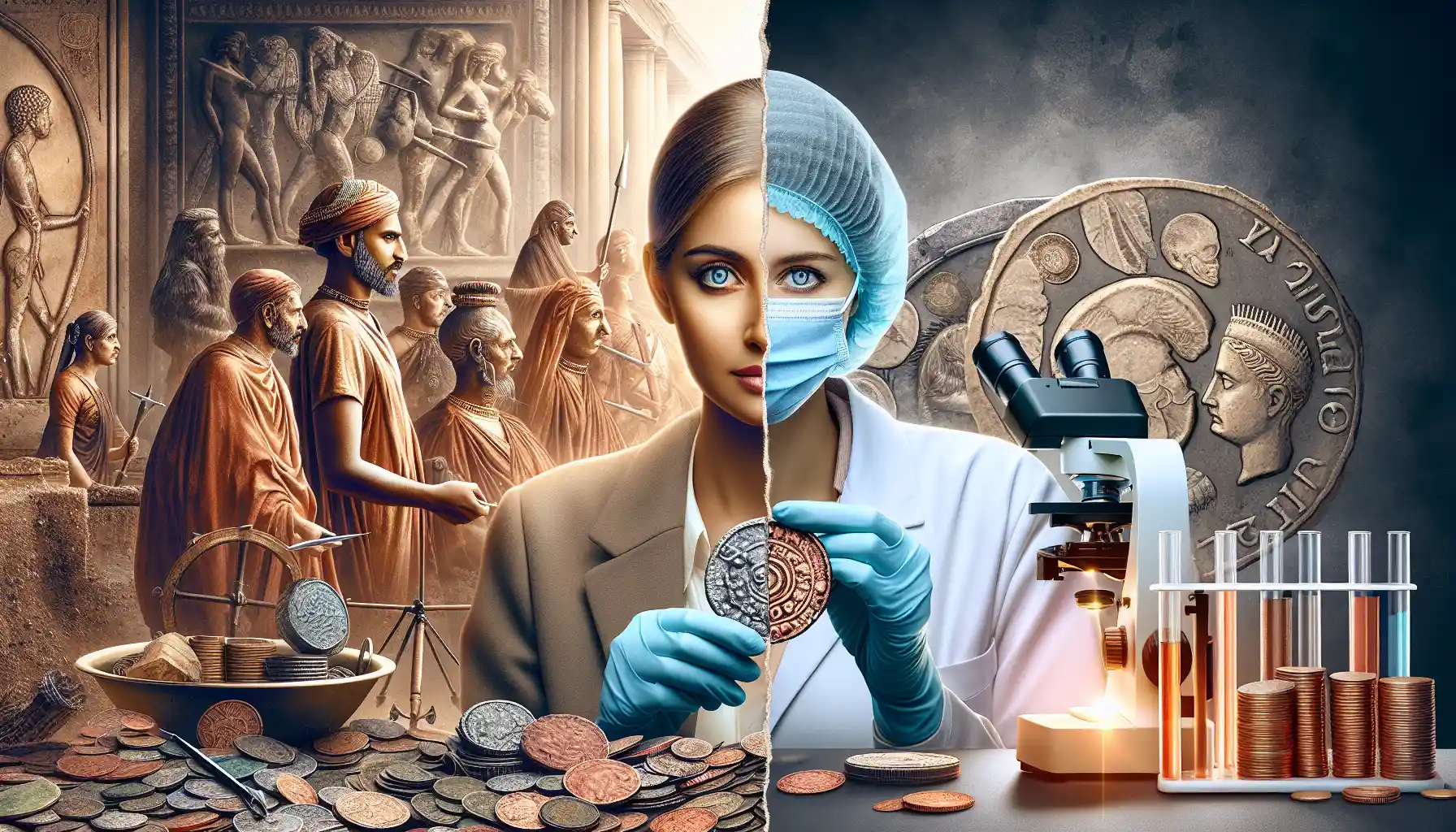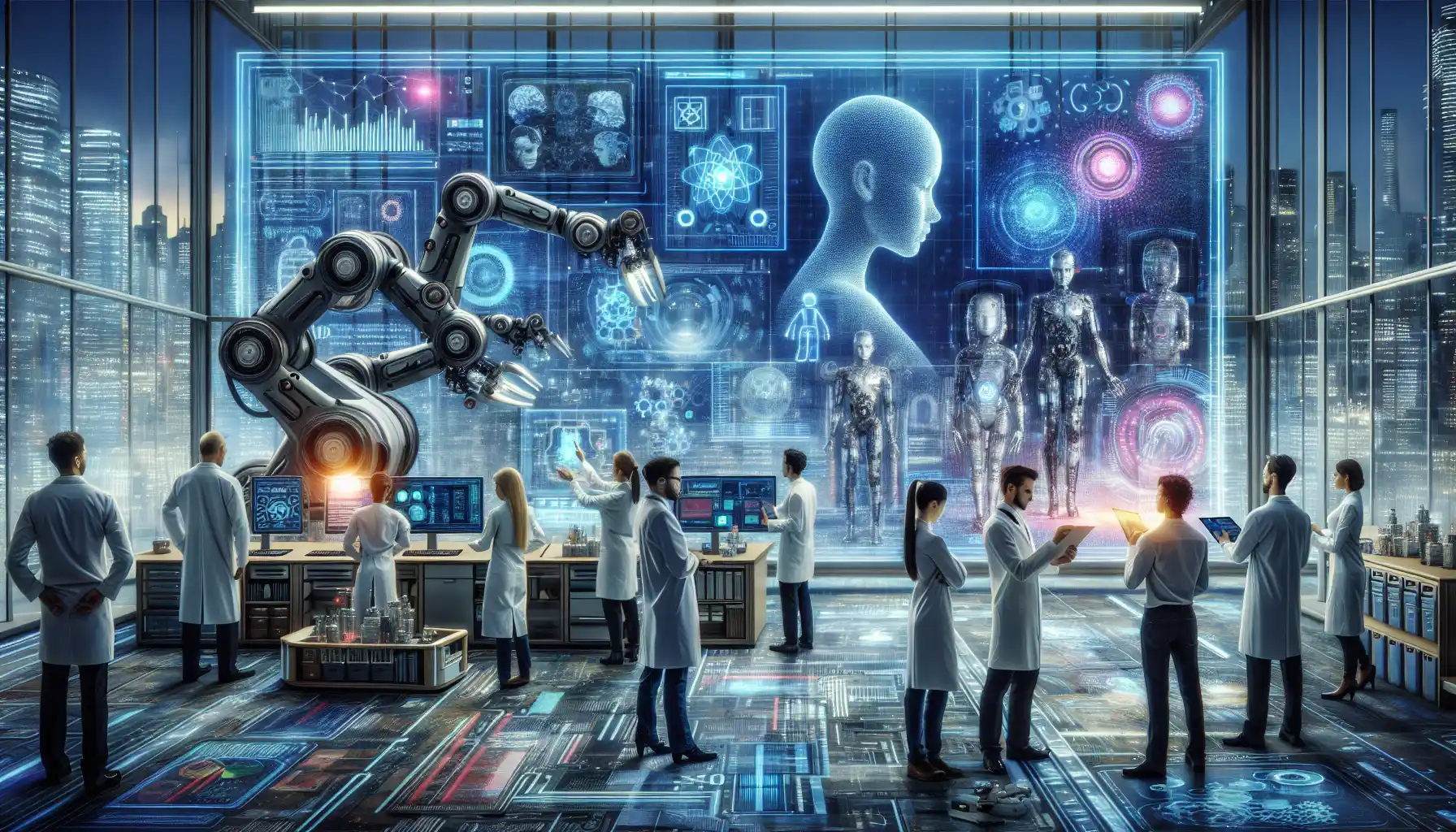Understanding Counterfeit Coins and Their Impact
The Ripple Effect of Counterfeit Coins
Counterfeit coins might seem like harmless impostors at first glance, but their impact is anything but trivial. Imagine holding a coin that whispers stories of ancient civilizations or one used in groundbreaking medical research—only to discover it’s a fraud. The consequences ripple far beyond the coin collector's display case.
For collectors, these fakes are like wolves in sheep’s clothing, threatening the integrity of their carefully curated treasures. A single counterfeit piece can tarnish a collection’s authenticity and value. For historians, fake coins muddy the waters of our understanding of ancient economies, trade routes, and even political regimes. And when it comes to coins with
medical significance, such as those linked to advancements in disease prevention or public health funding, the stakes climb even higher. Falsified coins could derail vital research or mislead studies that rely on them.
Here’s why counterfeit coins hit harder than you’d think:
- They distort historical timelines, creating false narratives.
- They can misguide scientific breakthroughs, delaying life-saving discoveries.
- They rob collectors and researchers of trust—a priceless commodity.
These aren’t just coins—they’re fragments of history and progress, and their authenticity matters more than words can express.
The Role of AI Algorithms in Counterfeit Detection

How Algorithms Learn to Spot the Invisible
Imagine holding a coin in your hand. To the untrained eye, it might look like any other shiny piece of metal. But to an AI algorithm? It’s like opening a book filled with secrets! These smart systems dive deep into details we can barely perceive, unraveling clues hidden in every ridge and surface.
AI doesn’t just glance at a coin; it analyzes it like a detective at a crime scene. Here's what happens:
- Microscopic Patterns: Algorithms compare minute scratches, textures, and imperfections that counterfeiters often overlook.
- Material Composition: AI uses spectral analysis to “sniff out” the exact metallic makeup of a coin.
- Historical Accuracy: By cross-referencing mint dates, designs, and even wear patterns, it ensures the coin aligns with its supposed era.
And the best part? These systems don’t just rely on numbers—they learn over time. Every analyzed coin becomes part of their ever-growing expertise. The result? A level of precision that feels almost magical, yet is rooted in cold, hard data.
Techniques Used by AI to Analyze Coin Authenticity

Decoding the Secrets of Counterfeit Coins
Have you ever held a coin and wondered about its journey? Coins are more than just metal—they’re tiny time capsules, carrying stories of empires, revolutions, and cultural shifts. But what happens when these treasures are faked? Enter the world of AI, where technology becomes the detective, peeling back layers of deception with almost supernatural precision.
Using advanced image recognition, AI doesn’t just “look” at a coin; it studies every curve, scratch, and imperfection. Imagine a system that can zoom in on microscopic details invisible to the human eye. AI compares these nuances against vast databases of historical coins, spotting inconsistencies in seconds. A counterfeit might have a slightly off-center engraving or an unusual alloy composition—details that would fool even a trained numismatist but not an algorithm.
- Pattern Recognition: AI identifies wear patterns and designs unique to specific time periods.
- Material Analysis: It examines the metal’s composition, ensuring it matches historical standards.
It’s like having Sherlock Holmes meet a futuristic scientist, working together to uncover truths hidden in plain sight. The result? Coins regain their voice, telling stories that only authenticity can unlock.
The Intersection of Historical and Medical Significance in Coin Analysis

Unveiling the Hidden Stories Behind Counterfeit Coins
Imagine holding a coin in your hand, its surface worn smooth by time. It looks ordinary, but what if I told you it could carry secrets of ancient trade routes or even the fingerprints of a 19th-century forger? With the rise of
AI-powered analysis, we’re peeling back layers of mystery to reveal not just fake coins, but the lives and stories they touched.
What makes this so extraordinary is how AI doesn’t just stop at detection—it dives deeper. By analyzing trace elements on the metal, it can identify geographic origins, connecting the dots to a specific era or civilization. A counterfeit Roman denarius? It might point to economic crises that forced desperate measures. Or a suspicious coin from the Renaissance? That could lead to uncovering underground networks of skilled forgers.
And here’s where it gets fascinating: these coins don’t just tell history—they whisper about health. For instance, traces of mercury used in ancient gilding processes could provide insights into the toxic risks faced by craftspeople. It’s like opening a time capsule that bridges economics, art, and even medicine.
Future Innovations in AI for Counterfeit Detection

Revolutionizing Counterfeit Detection with AI
Imagine holding a coin that claims to be centuries old, yet something about it feels... off. The weight, the texture, the tiny details – they don’t quite add up. This is where the magic of
AI-powered counterfeit detection steps in, transforming what was once a tedious, human-dependent process into a precise, lightning-fast operation.
AI doesn’t just “look” at a coin. It analyzes. Every scratch, every groove, every metallic shimmer is scrutinized against a database of historical records and authentic samples. And it’s not just limited to coins. Think of ancient medical tools or artifacts with priceless cultural significance. With AI, these objects are dissected digitally, revealing secrets invisible to the naked eye.
Here’s how AI takes the lead:
- It maps the coin’s surface with microscopic precision, identifying inconsistencies in design.
- It compares metal compositions, detecting subtle impurities that scream “fake.”
- It even considers wear patterns, distinguishing natural aging from artificial distressing.
The result? A technology so intuitive it feels almost alive, bridging the gap between modern science and history’s mysteries. You’ll never look at “old treasures” the same way again.




